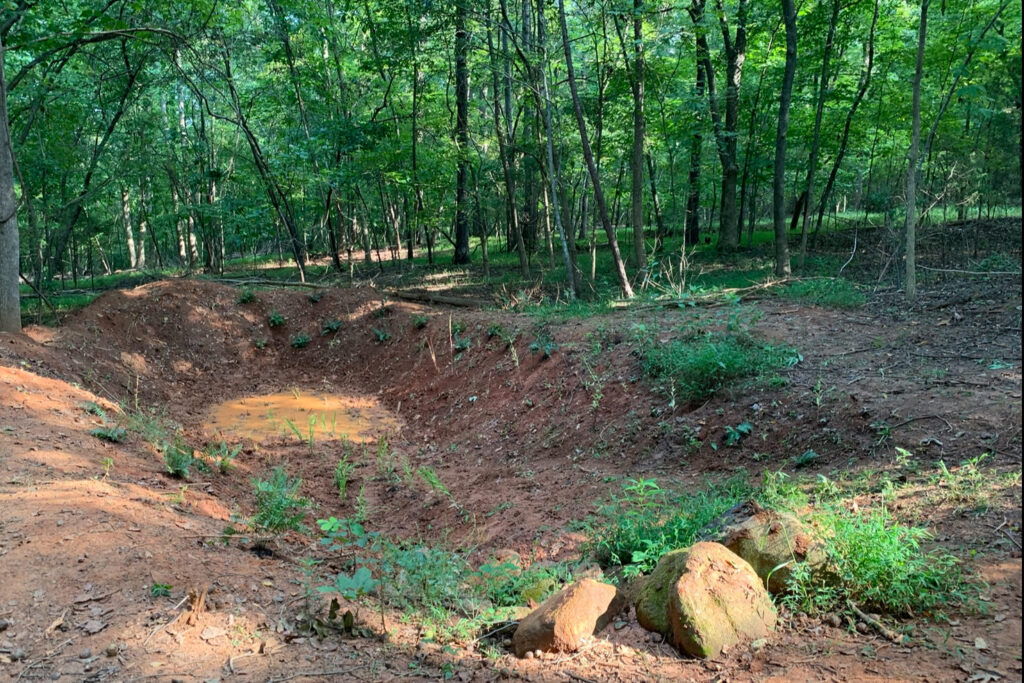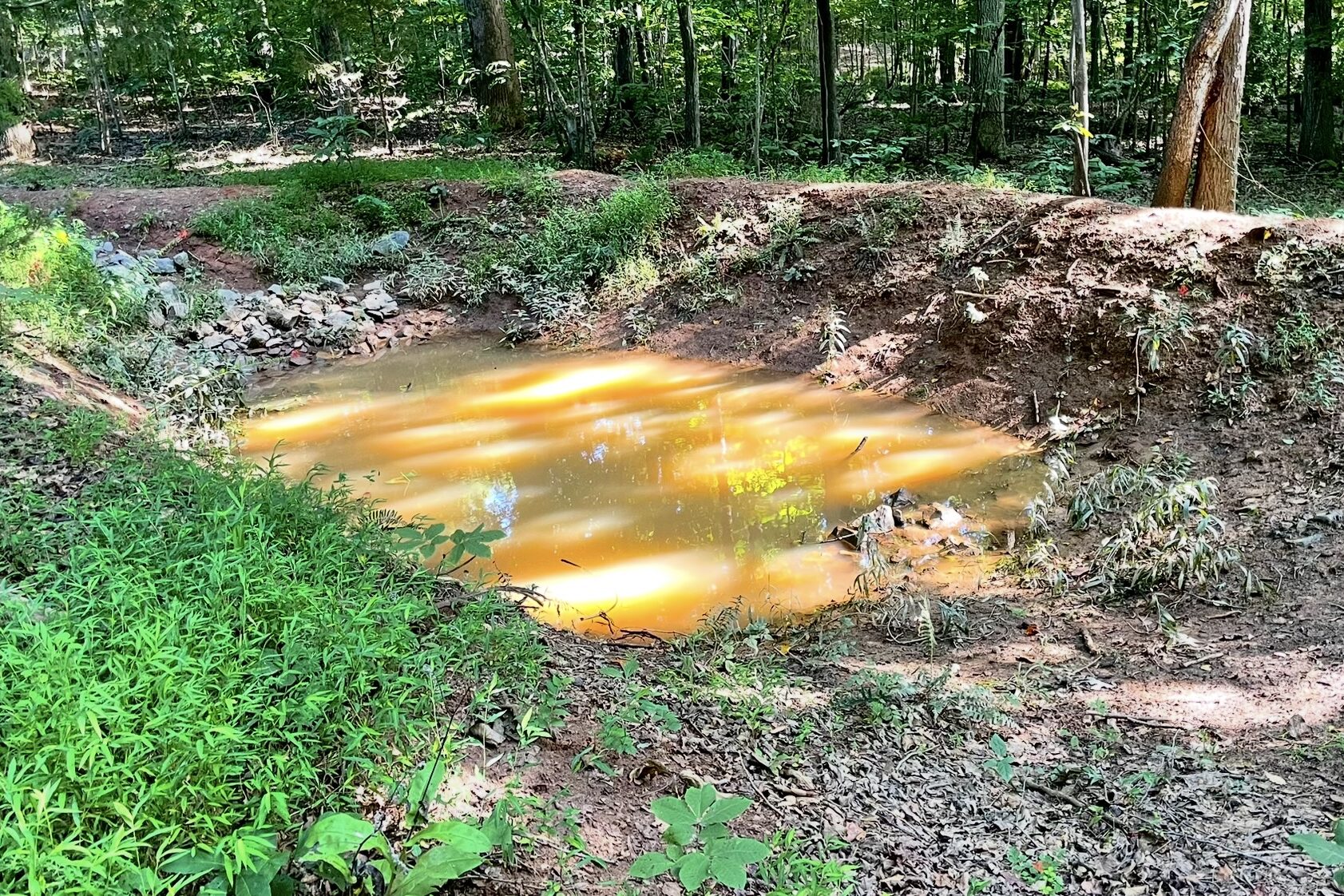If you know someone with a green thumb, you’ve probably heard them mention the terms “native plants” or “rain gardens”. But what exactly are they?
Native plants are species that naturally occur in the area where they are found. For example, Water Lilies are native to South Carolina, but if they were taken to Alaska, they would be considered non-native since they don’t naturally grow there. Native plants are important because they provide vital habitats and food sources for many animals, helping to support local ecosystems.
Now that you know what a native plant is, you might be wondering what a rain garden is.
Unlike a typical garden, a rain garden is built in a shallow depression, usually at least 5 to 10 feet in diameter but sometimes much larger. It is filled with wetland plants that are specially chosen to handle occasional flooding. Rain gardens act like artificial wetlands by capturing rainwater in their sunken surface. The wetland plants help absorb and filter out harmful materials like heavy metals, pesticides, and other pollutants.
It is not just the plants that do the work. The soil plays a big role too. As water collects in the depression, it slowly seeps into the ground, passing through layers of mud, silt, and gravel. These layers act as a natural filter to help clean the water before it returns to the groundwater supply or nearby streams, reducing runoff and pollution in the process.
Why am I telling you all this? Hi, my name is Connor and I’m new here at Pondscapes, but I wanted to share an example of a rain garden I built for my Scouts BSA Eagle Project, and bring attention to the vital role of wetlands and native species in our local ecosystems.
My idea to build a rain garden first started in Oak Ridge, Tennessee, I saw a small garden overflowing with flowers and teeming with bees and butterflies, but it was different from many others since it was growing out of a hole. I looked into what it was and found out it was a rain garden designed to prevent runoff from flowing into the lake from a nearby parking lot. I thought that was such a smart idea to use pollutant resistant plants to protect other plants and animals from pollution. From that moment on, I knew I wanted to build a rain garden myself
When it came time for my Eagle Scout project, I reached out to local businesses and parks to see if I could build one. After about a week, I heard back from the Anne Springs Close Greenway. They told me that due to the recent construction of a patio and restaurant, a lot of runoff had eroded the hill behind the building. To temporarily fix the issue, they had dug two large retention ponds, each about 20 feet by 40 feet, but they were barren and had become mosquito breeding grounds. They loved the idea of turning them into rain gardens.
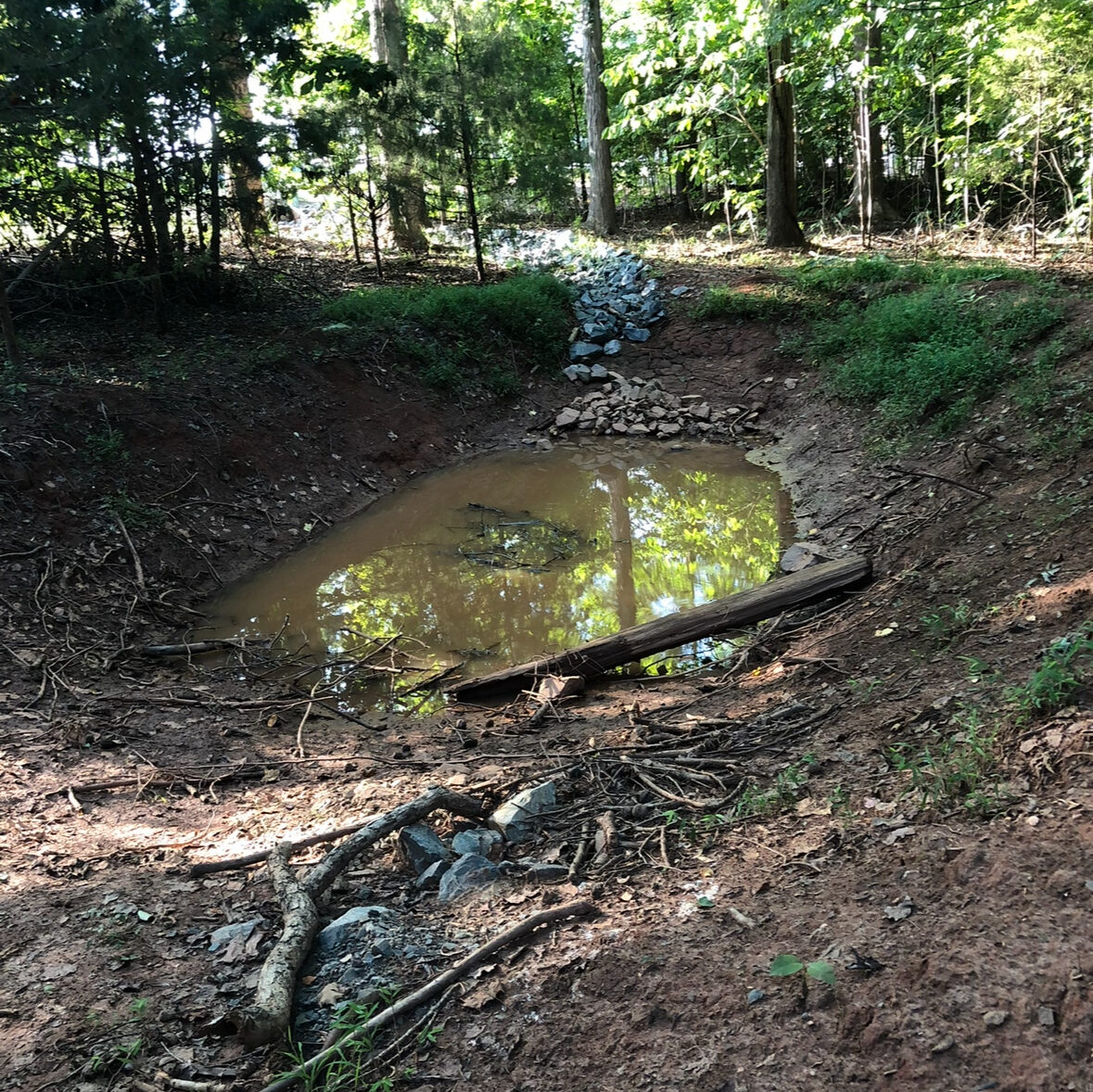
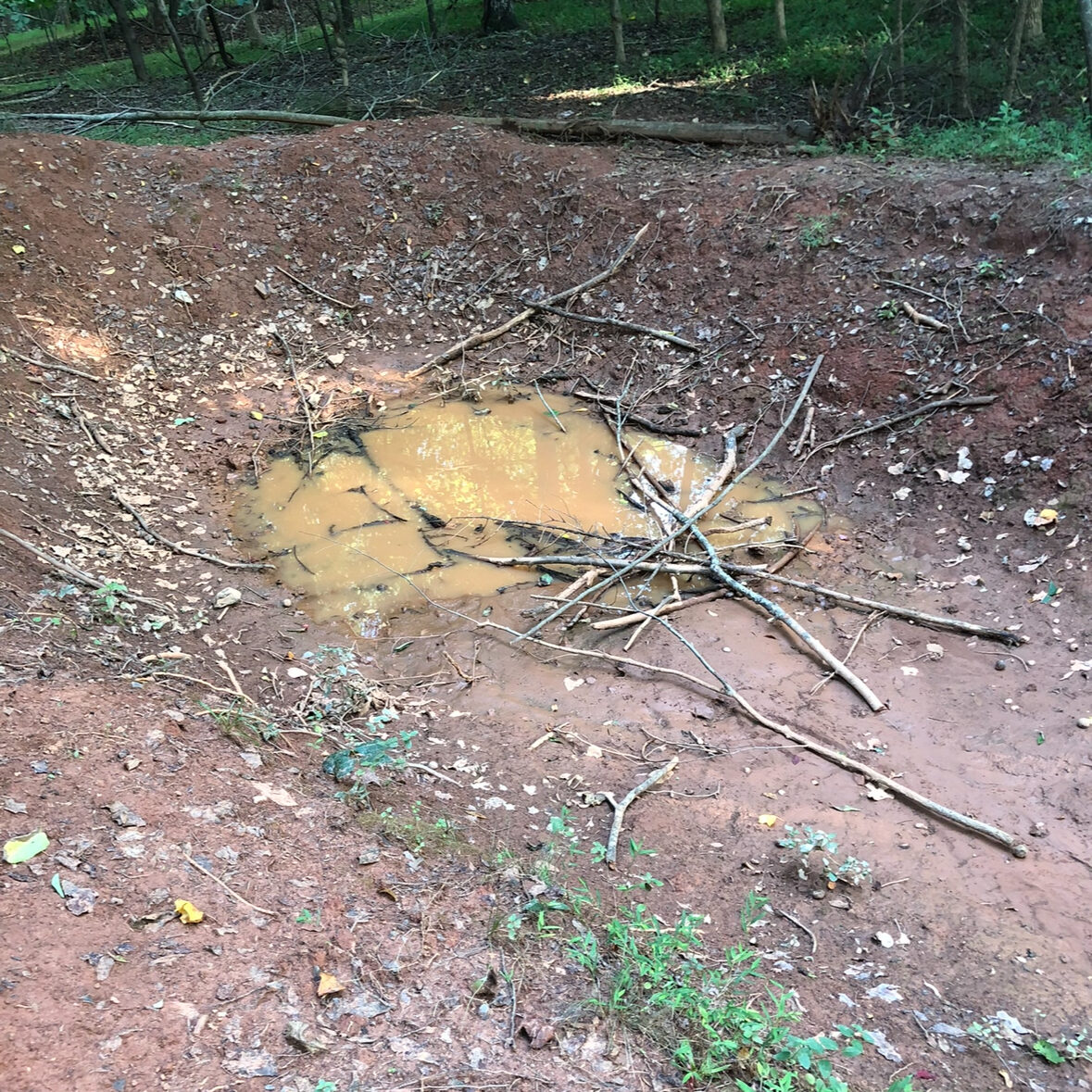
They only gave me one instruction: use native plants. I agreed and immediately began researching the best plants to choose. Since each garden was about 5 feet deep, I divided the plant selection into three types. I planted wetland plants at the bottom, flood-resistant plants in the middle, and drought-resistant plants near the top.
From the start, I knew I wanted to include the Broadleaf Arrowhead, also known as Duck Potato, because I learned about it in a high school agriculture class and thought it was neat. It became one of my favorite plants due to its interesting leaves, its ability to survive both droughts and floods, and its beautiful white flowers.
The other plants I chose were selected to create an equal balance of flowering and ground cover species. I included Northern Sea Oats, Cardinal Flowers, Christmas Ferns, and Pakera. Each plant I used will either return every year or produce enough seeds to regrow on its own, which keeps the garden almost maintenance free. Since planting, other native species have made the area their home as well, including many mosses and deer tongue, that have started growing naturally around the site.
A few unexpected challenges came up during the project that helped me learn a lot. Just before planting, a heavy storm rolled through and filled the basins with water. I had to drain them so the soil would be workable, which taught me the importance of timing and preparation. Later, after the project was completed, I came back to check on the gardens and noticed some of the plants had been pulled out, likely by kids playing nearby. I replanted them, and the park staff put up a temporary fence to give the plants time to establish strong roots.
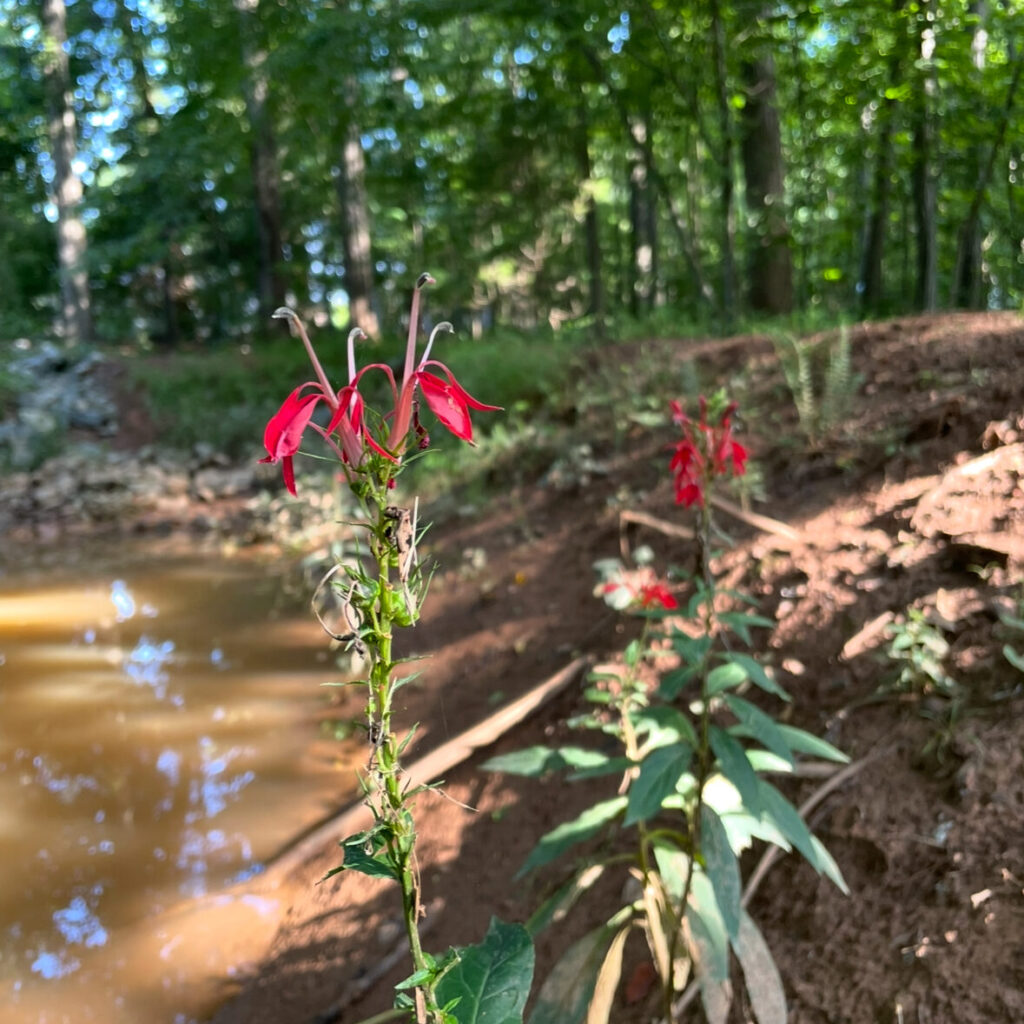
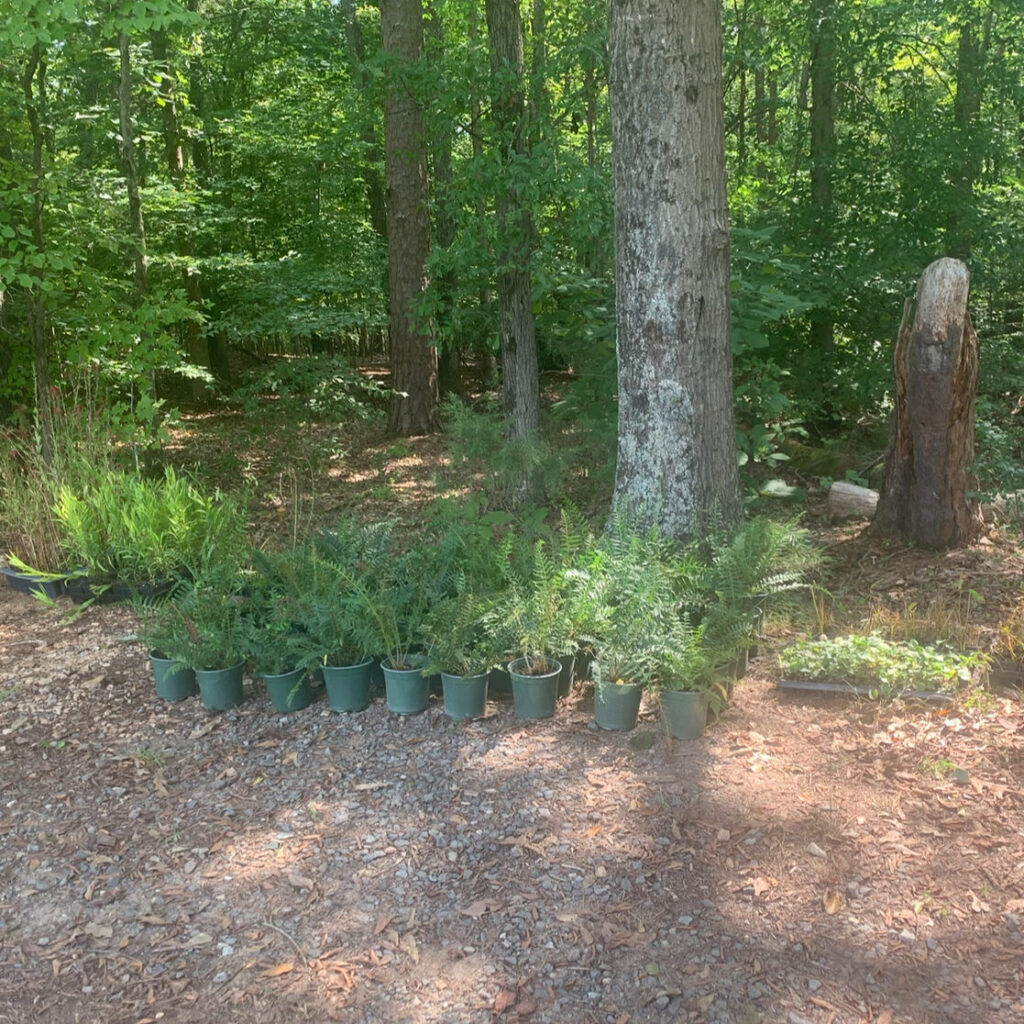
Rain gardens typically take about five years to become fully established, but attract life from the second they are planted. Over time, many animals such as bees, butterflies, and amphibians will call the space home. In fact, right after we finished the planting, a toad hopped by to check it out, which felt like mother nature’s way of giving us a thumbs up.
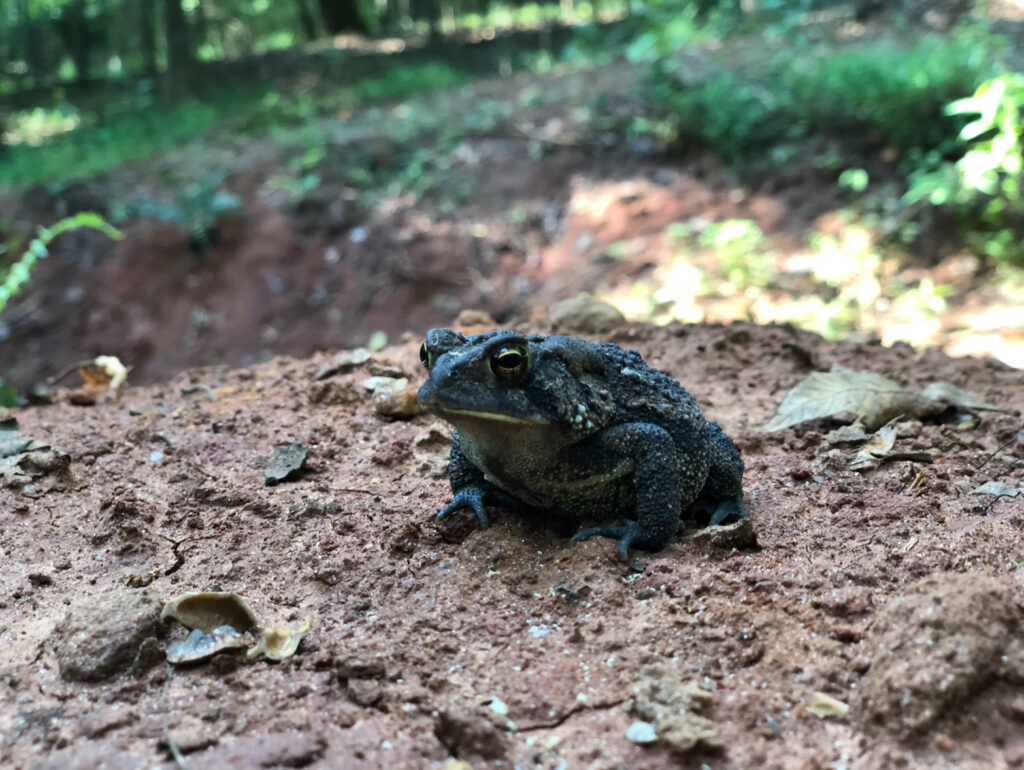
Thank you for taking the time to learn about native plants and rain gardens. I hope this inspired you to appreciate native species and wetlands just a little bit more, maybe even make a rain garden of your own.
